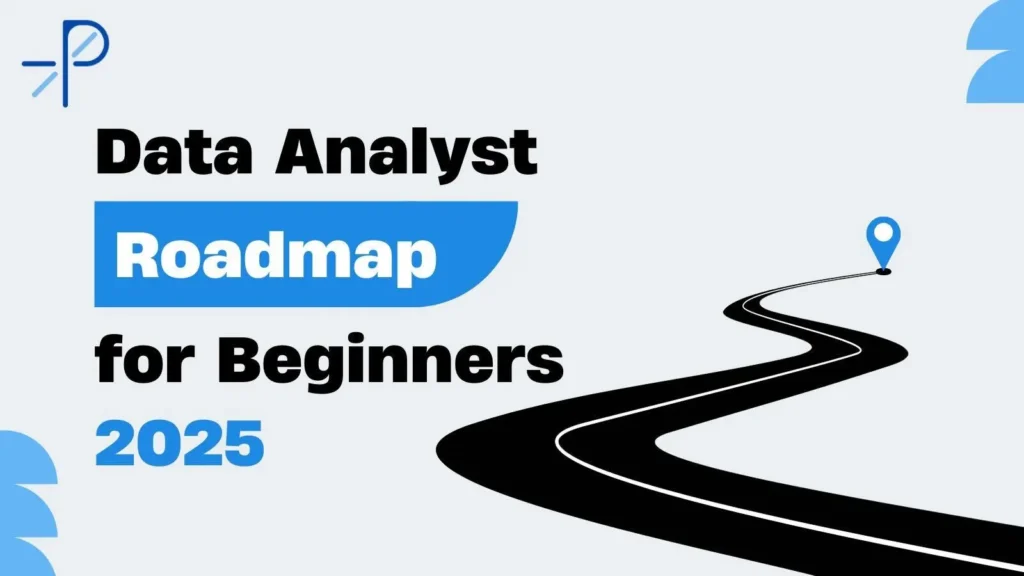
Why Learners Choose Praxis Forge to Master Prompt Engineering
Why Learners Choose Praxis Forge to Master Prompt Engineering Introduction Prompt Engineering has become one of the most in-demand AI

In today’s data-driven world, data analysts play a crucial role in helping businesses make informed decisions. As organizations increasingly rely on data to shape strategies, the demand for skilled data analysts continues to grow. If you’re looking to start a career in data analysis in 2025, this roadmap will guide you step by step.
Whether you want to work in finance, healthcare, e-commerce, or marketing, mastering the right skills is essential for success.
What is a Data Analyst?
A data analyst collects, processes, and interprets data to identify trends, patterns, and actionable insights. By analyzing structured and unstructured data, they help organizations make data-driven decisions.
The process typically involves:
Why Become a Data Analyst in 2025?
Key Skills for Data Analysts in 2025
To succeed, you need both technical and analytical skills.
Step-by-Step Roadmap for Beginners
For structured learning, Praxis Forge provides industry-ready data analyst courses designed for beginners and professionals to master all these skills. Learn more at https://praxisforge.com/.
Applications of Data Analysis
Future Trends in Data Analytics
FAQs – Data Analyst Roadmap for Beginners 2025
Q1. Is data analysis hard to learn?
Not if you follow a structured roadmap. With consistent practice, anyone can develop the required skills.
Q2. Do I need a computer science degree to become a data analyst?
No. Many successful analysts come from diverse fields like business, economics, or statistics. Practical skills matter most.
Q3. How long does it take to become a data analyst?
With focused learning and practice, you can prepare for an entry-level role in 6–12 months.
Q4. What is the average salary of a data analyst?
In India, entry-level analysts earn ₹6–9 LPA, and experienced professionals can earn ₹20–30 LPA. Globally, salaries range from $85,000 to over $100,000 per year.
Q5. Can I switch to a data scientist role later?
Yes. Starting as a data analyst provides the foundation to advance into data science or business analytics roles.
Conclusion
Data analysis is one of the most promising careers in 2025. With high demand, attractive salaries, and opportunities across industries, there has never been a better time to start your journey.
For beginners looking to master the essential skills, Praxis Forge offers comprehensive data analyst courses to help you become industry-ready: https://praxisforge.com/.

Why Learners Choose Praxis Forge to Master Prompt Engineering Introduction Prompt Engineering has become one of the most in-demand AI

Prompt Engineering Career Roadmap: Skills Tools and Job Roles Table of Contents Introduction What Is Prompt Engineering? Why Prompt Engineering

What Is Prompt Engineering? A Beginner’s Guide to the Future of AI Jobs Artificial Intelligence (AI) is transforming the way

Python vs JavaScript: Which Language Should You Learn First? Introduction Choosing your first programming language can shape your entire tech

How Praxis Forge Teaches Prompt Engineering Differently from Other Platforms Table of Contents What Is Prompt Engineering and Why It

Praxis Forge vs Generic Online Courses: Which One Really Gets You Hired? Table of Contents The Problem with Generic Online